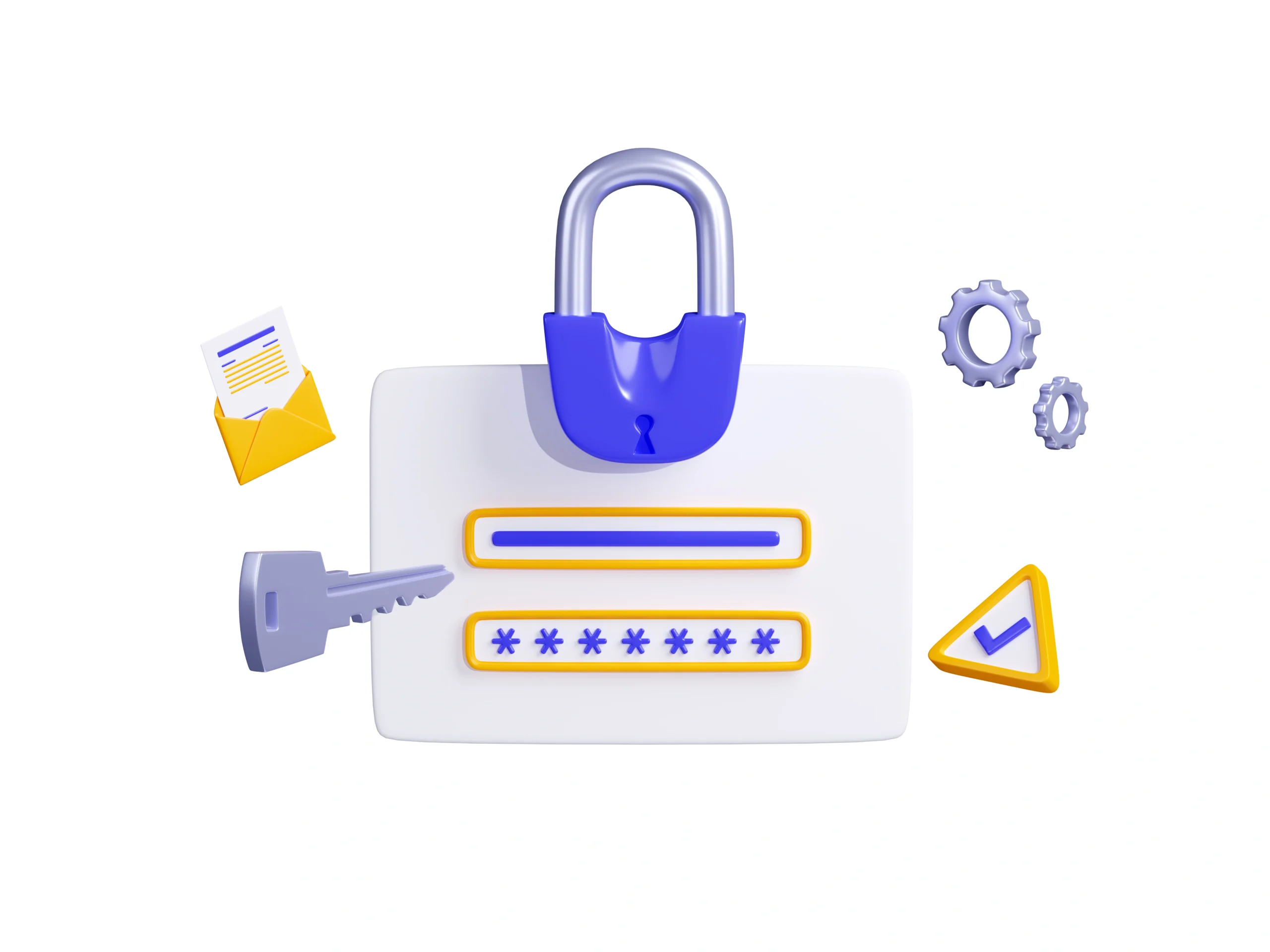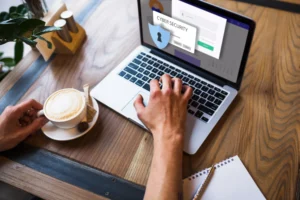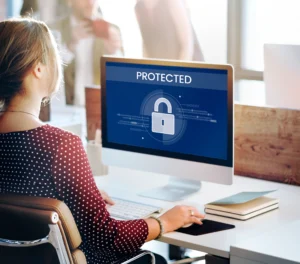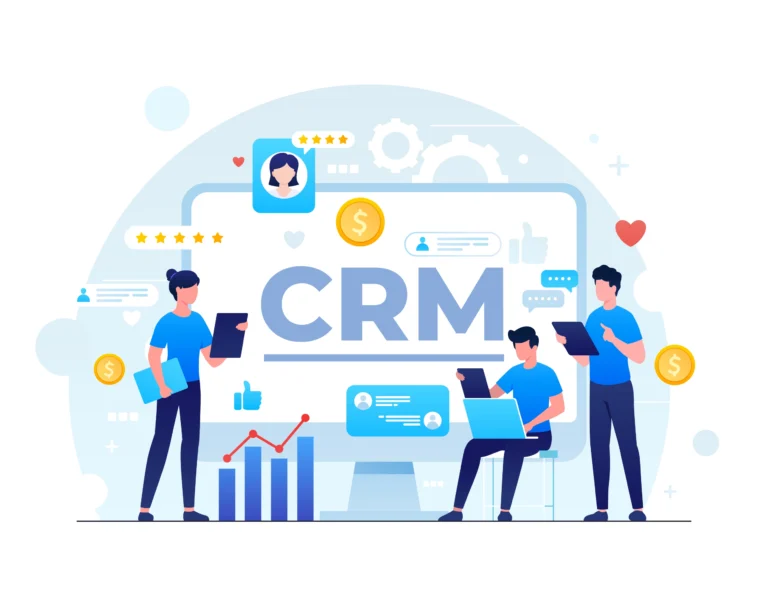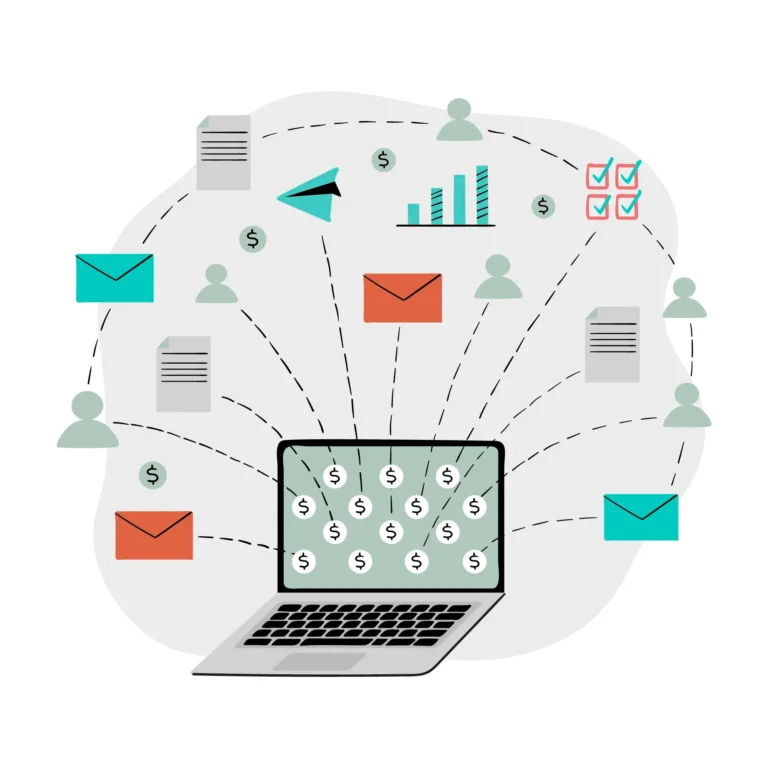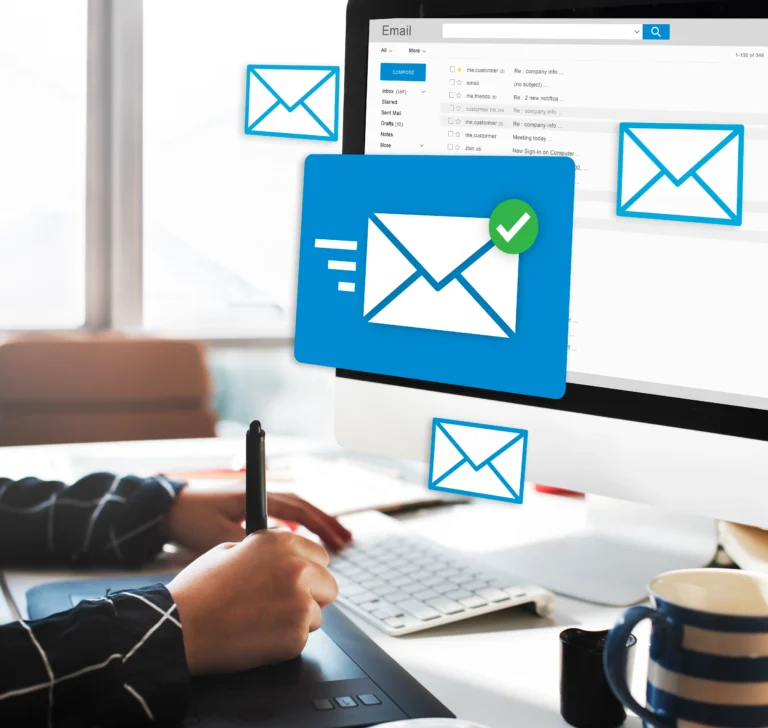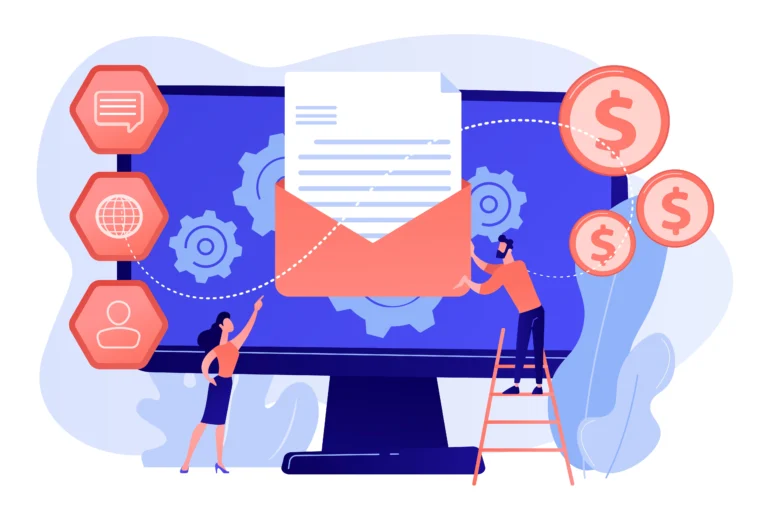What is Email Authentication & How to Securely Authenticate?
Do you worry about how secure your emails are? Do you often receive emails that seem suspicious or fraudulent? If so, you’re not alone. Email phishing attacks are becoming increasingly common and can lead to serious consequences, such as data breaches and financial loss. The good news is that there is a way to verify the authenticity of emails and prevent these types of attacks – email authentication.
By authenticating your emails, you can protect your personal and business information and prevent phishing attacks. In this article, we will guide you through the process of email authentication, step by step.
You can follow these simple steps to verify the authenticity of your emails and ensure that they are trustworthy. Don’t let phishing attacks and fraudulent emails put your personal and business information at risk.
Take action now and learn how to authenticate your emails. By following our step-by-step guide, you can ensure that your emails are legitimate and secure. Let’s get started!
What is Email Authentication?
Email authentication is a set of protocols and technologies that are used to verify the identity of the sender of an email message. Email authentication is essential because it prevents fraudulent and malicious emails from being sent to your inbox.
When an email is authenticated, it means that the email server has confirmed that the message is legitimate and not a spoofed email or phishing attempt.
[ays_block_subscribe id=’2′]
There are several different types of email authentication protocols, including SPF, DKIM, and DMARC. These protocols work together to authenticate email messages and prevent fraudulent emails from being delivered to your inbox.
By implementing email authentication protocols, you can improve your email deliverability rates and ensure that your legitimate emails are not marked as spam or blocked by email filters.
In addition to email authentication, there are several other email marketing ideas that can help improve your email deliverability and engagement rates.
How Does Email Authentication Work?
Email authentication works by using a combination of protocols and technologies to verify the identity of the sender of an email message. The most common email authentication protocols are SPF, DKIM, and DMARC.
SPF (Sender Policy Framework)
SPF is an email authentication protocol that is used to prevent email spoofing. SPF works by verifying the IP address of the sending email server against a list of authorized IP addresses for that domain. If the IP address is not authorized, the email is rejected or marked as spam.
DKIM (DomainKeys Identified Mail)
DKIM is an email authentication protocol that is used to prevent email spoofing and ensure the integrity of the email message. DKIM works by adding a digital signature to the email message header. This signature is generated using the sender’s private key and is verified by the recipient’s email server using the sender’s public key. If the signature is not valid, the email is rejected or marked as spam.
DMARC (Domain-based Message Authentication, Reporting, and Conformance)
DMARC is an email authentication protocol that is used to prevent email spoofing and ensure the authenticity of email messages. DMARC works by combining the SPF and DKIM protocols and adding an extra layer of protection. DMARC allows email senders to specify how they want their email to be handled if it fails authentication.
Why is Email Authentication Essential?
Email authentication is essential because it protects your inbox from scams, phishing attacks, and other malicious emails. Without email authentication, it’s easy for scammers and spammers to send fraudulent emails that look like they’re from legitimate sources. These emails can contain links to fake websites that steal your personal information or infect your computer with malware.
Email authentication also helps to prevent email spoofing, which is when a scammer sends an email that appears to be from a trusted source.
Email spoofing can be used to trick people into giving away sensitive information, such as passwords or credit card details. By implementing email authentication protocols like SPF, DKIM, and DMARC, you can protect your inbox
How to Authenticate Your Email?
Email authentication is a process that verifies the identity of the sender and ensures that the email is not tampered with during transmission. This helps to prevent phishing attacks and ensures that the email is trustworthy. Here is a step-by-step process for email authentication:
Step 1: Start by checking the email headers
Every email contains a set of headers that provide information about the email’s sender and recipient. Look for the “From” and “Reply-To” fields to identify the sender’s email address.
Step 2: Check the sender’s domain
The domain is the part of the email address that comes after the “@” symbol. Verify that the domain is legitimate and belongs to the company or organization that the sender claims to represent. You can use a WHOIS lookup tool to check the domain registration details.
Step 3: Verify the email authentication protocol
There are several email authentication protocols, such as SPF, DKIM, and DMARC, that can be used to verify the email’s authenticity. Check the email headers for information about which protocol is being used.
Step 4: Check SPF records
The Sender Policy Framework (SPF) is a DNS-based email authentication protocol that checks if the email is coming from an authorized mail server. Check the email headers for SPF records and verify that the IP address of the sending server matches the authorized IP addresses in the SPF record.
Step 5: Check DKIM signatures
DomainKeys Identified Mail (DKIM) is another email authentication protocol that uses digital signatures to verify the authenticity of the email. Look for a DKIM signature in the email headers and verify that the signature is valid.
Step 6: Check DMARC policies
Domain-based Message Authentication, Reporting & Conformance (DMARC) is a protocol that provides guidance on how to handle emails that fail SPF or DKIM checks. Check the email headers for DMARC policies and verify that the email complies with the policies.
Step 7: Use email authentication tools
There are several online tools that can help you check the authenticity of an email, such as MX Toolbox, DMARC Analyzer, and CheckTLS. These tools can analyze the email headers and provide a report on the email’s authenticity.
By following these steps, you can verify the authenticity of an email and ensure that it is not a phishing attempt or other fraudulent activity.
Pros and Cons of Email Authentication
Like any technology, email authentication has its advantages and disadvantages. Here are some of the pros and cons of email authentication:
Pros
- Protects your inbox from fraudulent and malicious emails
- Increases trust and credibility in your emails
- Reduces the risk of email spoofing and phishing attacks
- Helps to improve email deliverability rates
Cons
- Can be complex and time-consuming to set up
- May require technical knowledge or support
- Can cause false positives, where legitimate emails are marked as spam
- May not be foolproof against all types of email scams and attacks
Frequently Asked Questions
What is the difference between SPF, DKIM, and DMARC?
SPF verifies the IP address of the sending email server, DKIM adds a digital signature to the email message header, and DMARC combines both protocols and adds an extra layer of protection.
How do I set up email authentication for my domain?
You can set up email authentication by adding SPF, DKIM, and DMARC records to your DNS settings. You may need technical knowledge or support to do this.
Can email authentication prevent all types of email scams and attacks?
No, email authentication is not foolproof and may not be able to prevent all types of email scams and attacks. However, it can significantly reduce the risk of fraudulent and malicious emails.
Will email authentication affect my email deliverability rates?
Email authentication can improve your email deliverability rates by reducing the chances of your emails being marked as spam.
Conclusion
In conclusion, email authentication is a crucial step in protecting your emails & preventing unauthorized access. It can aid in defending you against phishing scams, spam emails, and other dishonest practices. It’s important to keep up with the best practices for email authentication. There are a range of available protocols, including SPF, DKIM, and DMARC.
You can authenticate your emails and ensure that your email communications are secure by using the methods we’ve provided in this article. Remember to use email authentication tools regularly to keep up with changing security threats and maintain your email authentication protocols.
Don’t risk the security of your personal & business information. Implement email authentication today to enjoy the benefits of secure email communication.
Content [/ays_block_subscribe]

